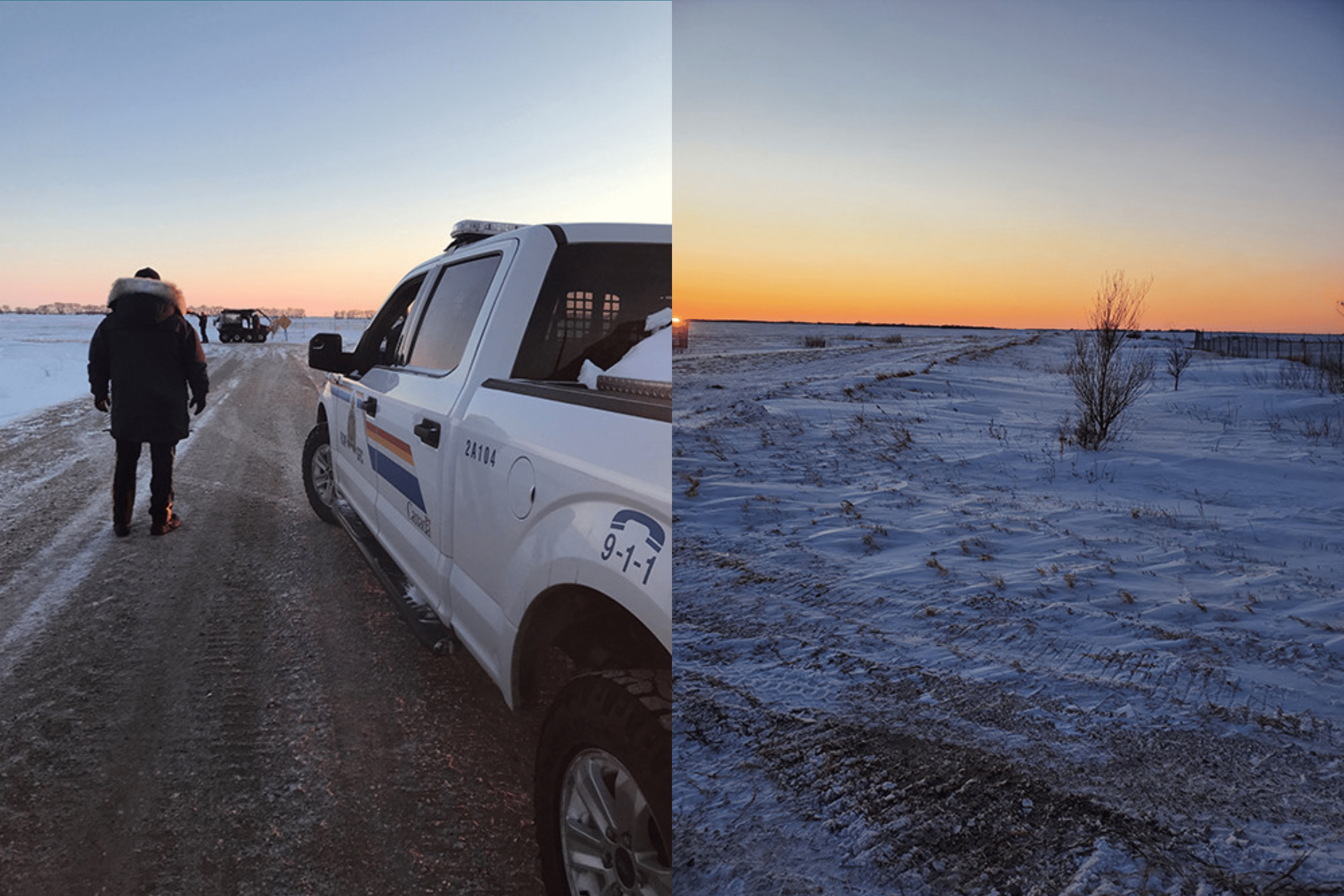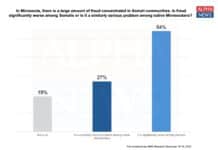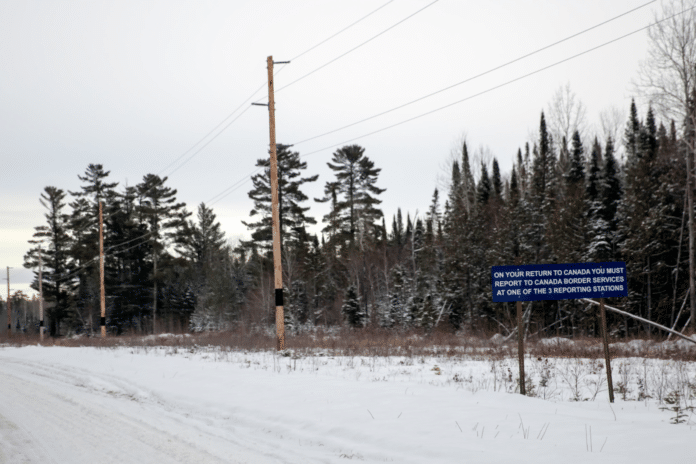Attention turned to the northern border last week when a family of four was found frozen to death near Emerson, Manitoba, just 40 feet away from the Minnesota-Canada border.
Their identities were released Thursday by the Royal Canadian Mounted Police, who said the four deceased individuals were Indian nationals from the same family.
They were: Jagdishkumar Patel, 39, Vaishaliben Patel, 37, and their two apparent children, 11-year-old Vihangi Patel and 3-year-old Dharmik Patel.

The Patel family arrived in Toronto on Jan. 12; this was their first point of entry into Canada. From there, they made their way to Manitoba and eventually to Emerson, where their bodies were discovered Jan. 19.
Police did not find an abandoned vehicle on the Canadian side of the border, which indicates that someone “drove the family to the border and then left the scene.”
This may have been 47-year-old Steve Shand, who was driving a 15-passenger van one mile south of the border when he was stopped by a group of Border Patrol agents on Jan. 19, the same day the bodies of the Patel family were discovered. The van was rented from Enterprise Rent-a-Car at the Minneapolis-St.Paul International Airport.
With him were two “undocumented” Indian nationals and he was arrested on the spot for smuggling illegal immigrants. Police encountered five additional Indian nationals while they were transporting Shand to the Pembina Border Patrol Station in North Dakota.

This group was headed to an unstaffed gas plant in St. Vincent, Minnesota, where they planned to wait for a ride. They had been walking for more than 11 hours.
One of the migrants was carrying a backpack belonging to the Patel family, who had become separated from the main group during the night.
Despite his possible involvement in the deaths of four people, Shand was released from jail Monday with no bond required.
Crossing a frozen tundra
Most people think of the southern border when they think about illegal immigration. But illegally crossing the northern border can be just as dangerous, if not more so, and happens thousands of times each year.
Court documents describe the area where Shand was arrested as a “high incident area for human smuggling.” In fact, records indicate that Shand may have been involved in three additional cases of human smuggling “that occured at the same location” where he was arrested.
According to Border Patrol data, agents encountered 916 people who illegally entered the country along the northern border in fiscal year 2021. That was a significant decrease from fiscal year 2020, when 2,155 encounters were reported, and fiscal year 2019, which saw 4,408 apprehensions.
“The focus really should be on how dangerous it is. I think sometimes folks have the misconception that it’s easy to cross the border, whether that’s the southern border or the northern border, and they don’t really take into consideration all of the elements that go along with that,” said Jamie Holt, special agent in charge at the Homeland Security Investigations (HSI) field office in St. Paul.
She told Alpha News that migrants like the Patels encounter “whiteout conditions, blizzards and sub-zero temperatures.”

HSI is the Department of Homeland Security’s chief investigative arm and is one of several agencies involved in what is shaping up to be an international investigation into the Patel family’s death.
Unable to comment on the specifics of the ongoing investigation, Holt said smuggling groups like the one Shand was involved in are “very well-organized and orchestrated organizations.”
“Typically each individual has a specific role within the smuggling organization. One might be in charge of transportation from point A to point B, and then maybe somebody else who’s in charge from B to C. There might be someone else who’s in charge of the money side of things. There’s usually someone in charge of the actual physical crossing of the border. Then there’s people who, once they’re inside the border, help transport them to another location. It’s a very well-oiled machine,” she said.
Holt said smuggling can sometimes evolve into trafficking, but the two terms have different meanings.
“Trafficking is really exploitation-based and there’s no border crossing that’s required. Trafficking can involve foreign nationals or U.S. citizens. When you look at smuggling, that’s more transportation-based. It requires crossing a border and that’s going to involve foreign nationals,” she said.
In the United States, the month of January is recognized as Human Trafficking Prevention Month, and HSI and the U.S. Department of Homeland Security are focused on raising awareness of both human smuggling and trafficking through the DHS Blue Campaign.
“The biggest thing is to report something. If you see someone who appears to be controlled by another individual, say something about it. If there’s something suspicious going on, it makes all the difference in the world if somebody reports it and we can go in and save the victim,” Holt explained.
She said making a quick phone call can save someone’s life.











